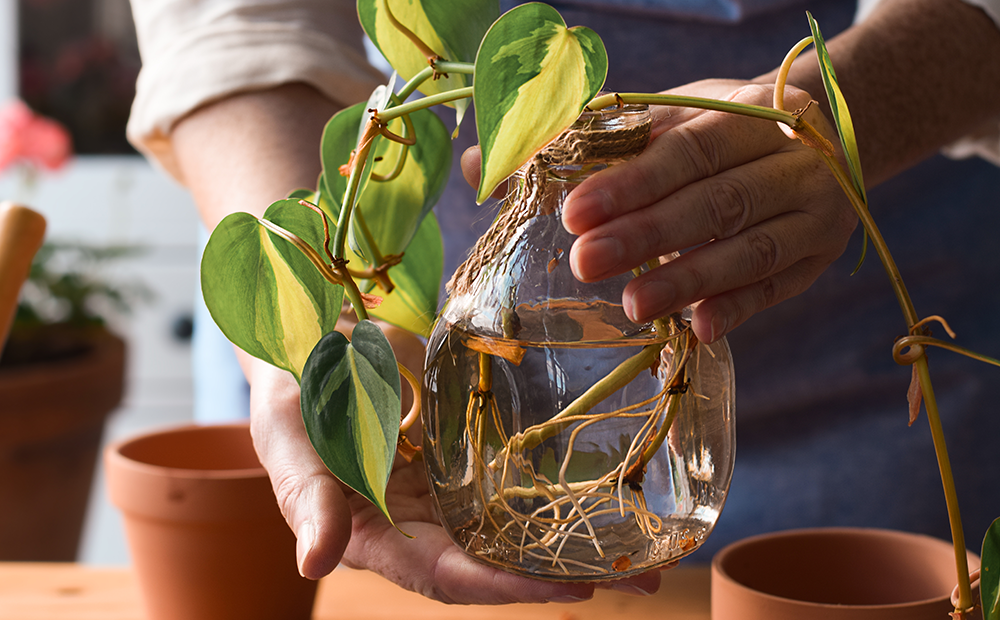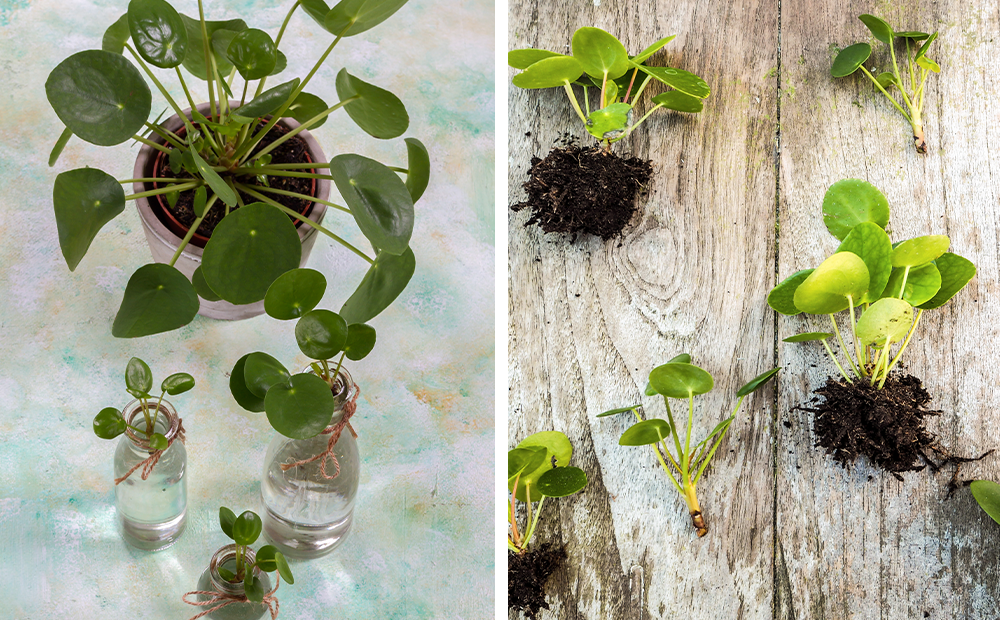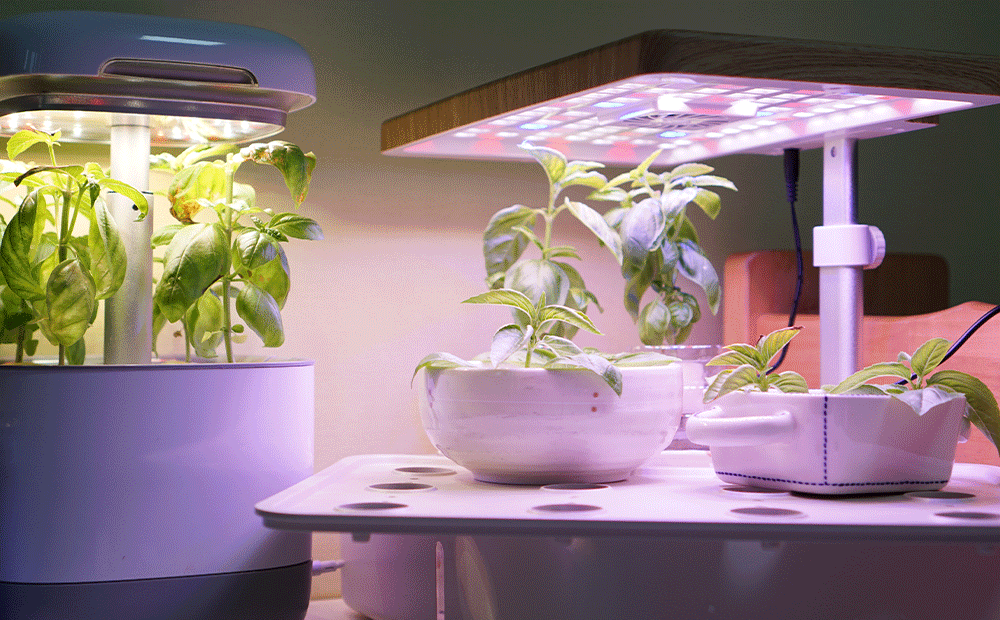HYDROPONIC INDOOR PLANTS
Hydroponic gardening might sound like a complicated concept, but it's becoming increasingly popular among indoor plant collectors. There are many benefits to growing hydroponic indoor plants—both functionally and aesthetically. While some hydroponic growing systems are a bit more advanced, there are just as many simple approaches to hydroponics that are easy to incorporate into your home decor. Here are some ways you can do it and why it's such a great idea!
Growing Hydroponic Indoor Plants
When you grow a plant in water, you don't need any soil. Soil holds onto moisture and nutrients, which your plants soak up with their roots. However, when the roots are completely submerged in water, that moisture is much easier to access—it's just a matter of ensuring nutrients are added into the water to keep your plants nourished and functioning properly. Look for a water-soluble fertilizer formulated specifically for hydroponics, and add it into the water according to the instructions on the package.
While it is a best practice to change the water weekly, you may be surprised to know that hydroponic gardening uses less water than the traditional method. It takes lots of water to saturate a large pot of soil, but a small container of water that can house your plants' roots won't need nearly as much.
Our Favorite Methods for Hydroponics at Home
Here are a few different hydroponic gardening techniques you can try at home. They're easy to do, and you'll love the way they look!
Propagating Cuttings
Many of our favorite indoor plants are easy to grow simply by rooting their cuttings in water. It's a brilliant way to multiply your plant collection, especially if you've got some mature plants that are getting too big and unruly! All you need is a small cup of water and a sunny spot indoors.
Some plants with soft stems, like African violets and geraniums, can be cut anywhere along their stem, producing new roots from their cut end when submerged in water. Just be sure to leave a leaf or two at the top, place it in a sunny spot, and ensure the leaves remain above the water's surface.
Tougher-stemmed and vining plants typically have nodes along their stems where new growth emerges. Roots will emerge at the node in a few days once the cutting is submerged.
If you want to continue growing your cuttings hydroponically, you can switch out the water and add liquid fertilizer regularly. You can also choose to transplant your cutting into a pot of soil once a few strong roots have developed.
Wall Hanging Hydroponic Gardens
The ultimate space-saving hack, wall-hanging water gardens aren't just convenient—they're absolutely gorgeous! We've seen so many lovely designs recently, usually with several glass beakers fixed to plaques made of wood or another pretty material. They're an easy way to spruce up your space with some greenery without adding clutter to your shelves.
Propagating Pups, Offshoots, and Divisions
Some plants reproduce by sending off little baby plants that you can pluck off and replant. Soaking their bottom nodes will encourage new roots to grow, creating an entirely new plant. Many plants can also be grown in water if you divide a section of the plant from the root ball.
Indoor Hydroponic Vegetable and Herb Gardens
Growing food indoors is so much easier if you go the hydroponic route! No soil means fewer pests and less mess. You just need a good light source, so unless you have giant south-facing windows or a skylight, you'll probably want to invest in some grow lights.
You can build a DIY indoor edible hydroponic garden, but several pre-made systems are also available for purchase with easy assembly. The design and complexity vary among different systems, but once you get it all set up, you'll be amazed by the convenience! Vegetables and herbs with shallow root systems, like lettuce, basil, and radishes, are some of the best plants for indoor hydroponic gardens.
We have plenty of hydroponic indoor plants for sale at Dammann's Garden Company—they're just potted in soil at the moment! You can either rinse the soil off their roots and grow them in water or take some cuttings off the existing plant. If you're thirsty for more information, you're always welcome to call us at our garden center in Indianapolis!






